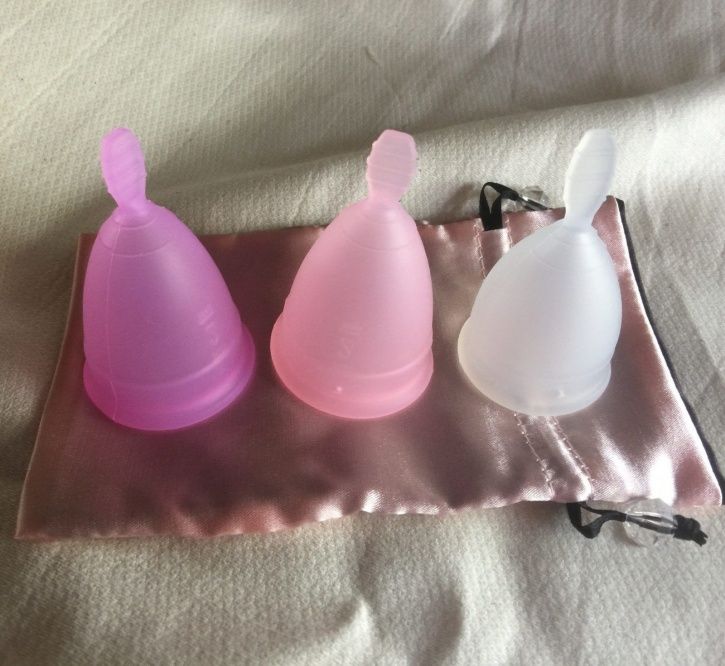Alternative To Sanitary Pads -Menstrual Cups
Alternative to sanitary napkins - menstrual cups
A new study indicates that awareness of the use of menstrual cups as a safer and more effective alternative solution, compared to other menstruation products, is increasing among women all over the world.
About 70 percent of women who tried menstrual cups said they wanted to keep using them, researchers in the Lancet public health journal reported.
According to The Lancet, the results were based on 43 studies involving 3,300 women and girls living in rich and poor countries.

It has been found that about 70% of women want to continue using their menstrual cups once they know how to use them.
Cups are made of silicone, rubber and medical grade latex are made to collect blood instead of absorbing them as sanitary pads, towels and tampons does. It is inserted into the vagina and emptied every four to 12 hours.
According to the report, most of the women were initially hesitant in using the menstrual cups because of the fear of leaks, but after using them, they found that this was not the case and quiet safe to use them.
It was seen that, in terms of safety is concerned, the use of a menstrual cup was not associated with any kind of problem in vagina or cervix arose after its use and no infection, irritation, pain or any other difficulty occurred from its use.

It was also found that another factor that made women choose menstrual cups instead of other products is the fact that, unlike sanitary pads, they can be reused. Between the ages of 12 and 52 years, a woman without children will have about 480 periods, and will have to use 2-3 pads per day. Data indicate that a single woman can generate up to 125 kg of non-degradable waste during her menstrual years.
In the case of menstrual cups, they can be used for years, which in turn will drastically reduce the money spent on menstruation products every month.
"For consumers who buy menstruation products, the results highlight cups as a safe and cost-effective option," Julie Henigan of Johns Hopkins Bloomberg School of Public Health also commented in the Lancet public health magazine.

When finding and looking at financial and environmental costs, using accumulated estimates over 10 years, purchase costs and waste from constant use of a menstrual cup (vaginal cup) will be a small part of the purchase costs and wasting of pads or tampons. The use of a menstrual cup will account for 5% of the purchase costs and 0·4% of the plastic waste, and compared to 12 tampons per period, using a menstrual cup will account for 7% of purchase costs and 6% of plastic waste.
Another important finding of the study is that the use of menstrual cups helped school-age going girls continue to go to school without fear of hygiene problems.




Post a Comment